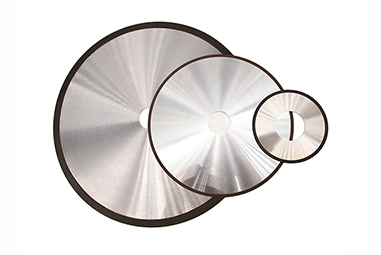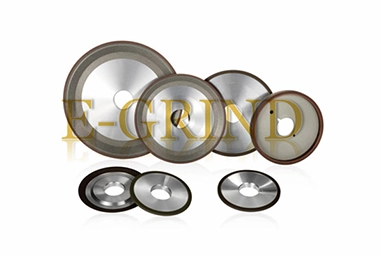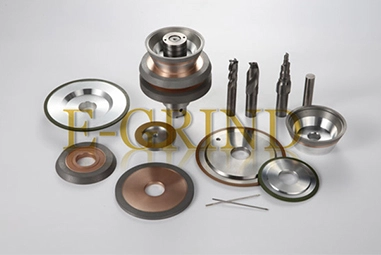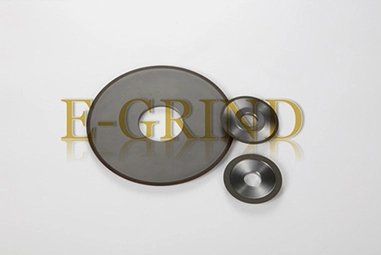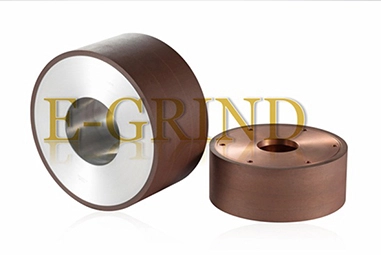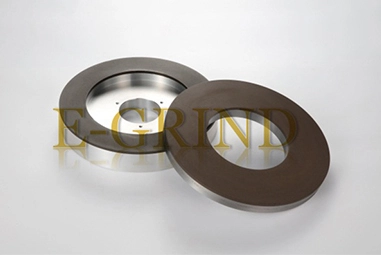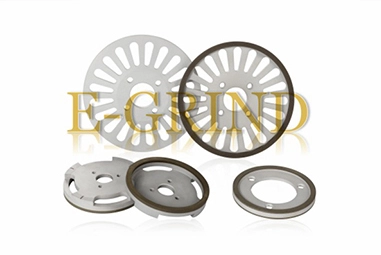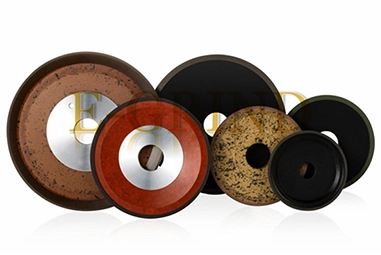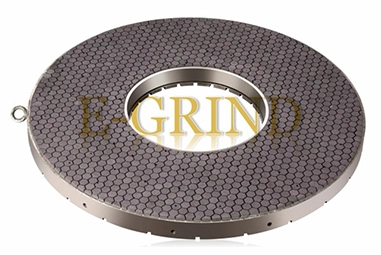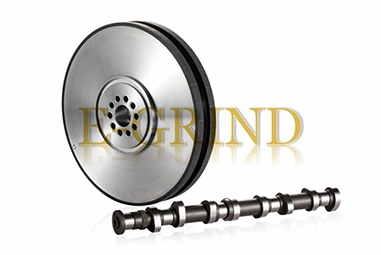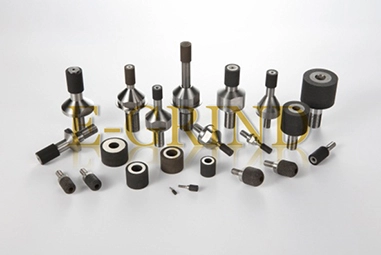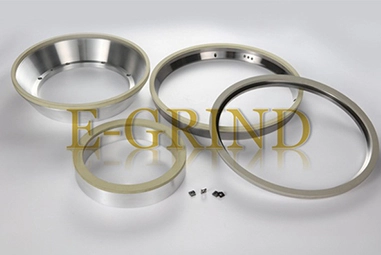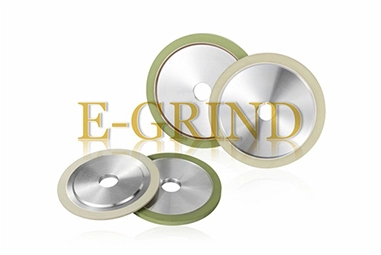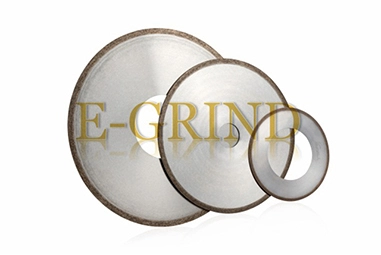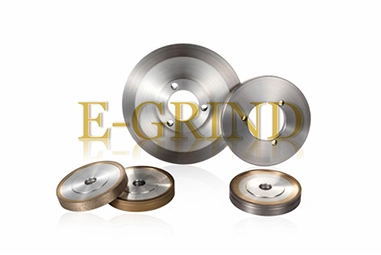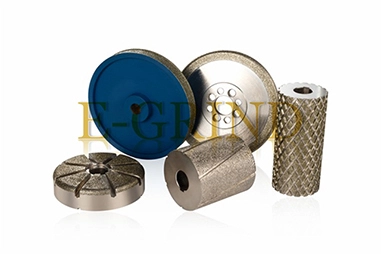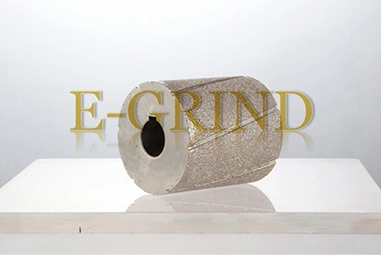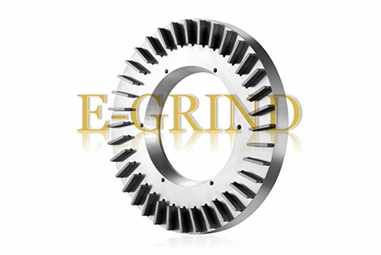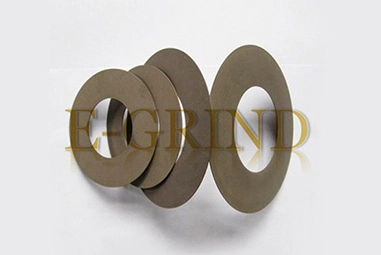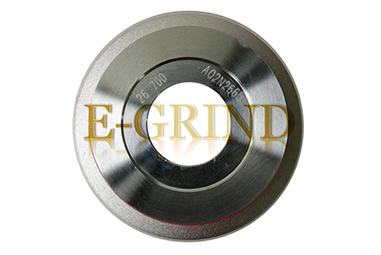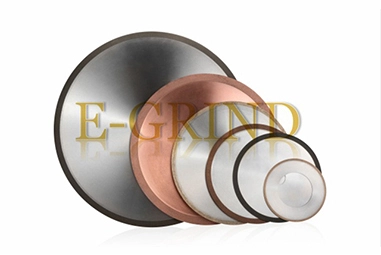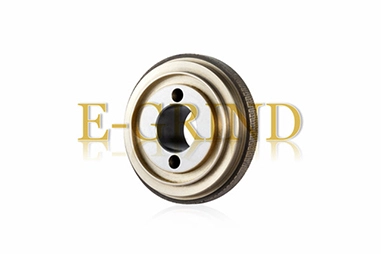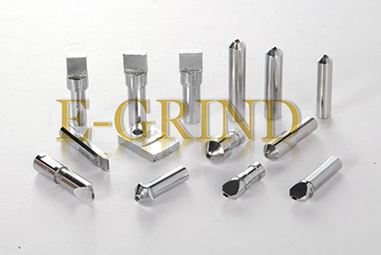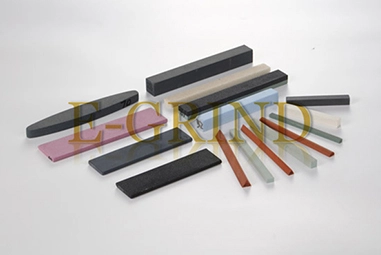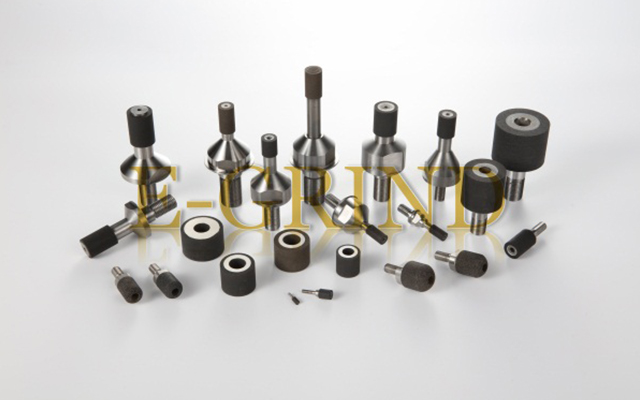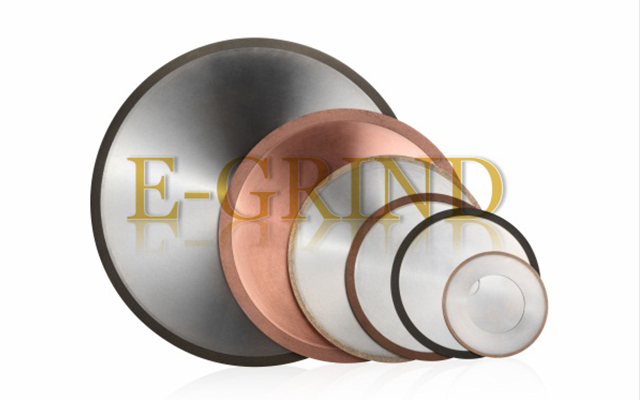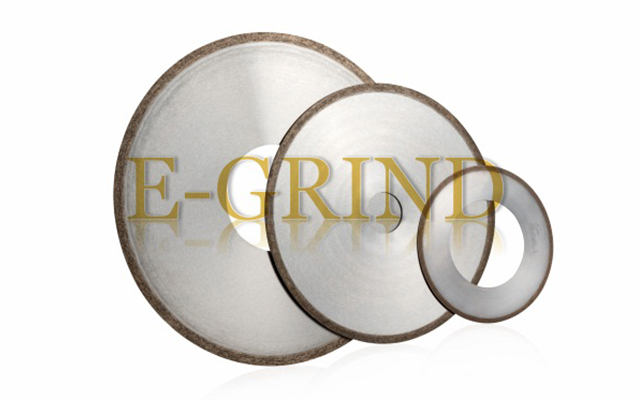Titanium alloy is a typical tough material, which is mainly due to its low thermal conductivity and ease of "sticking" during machining.
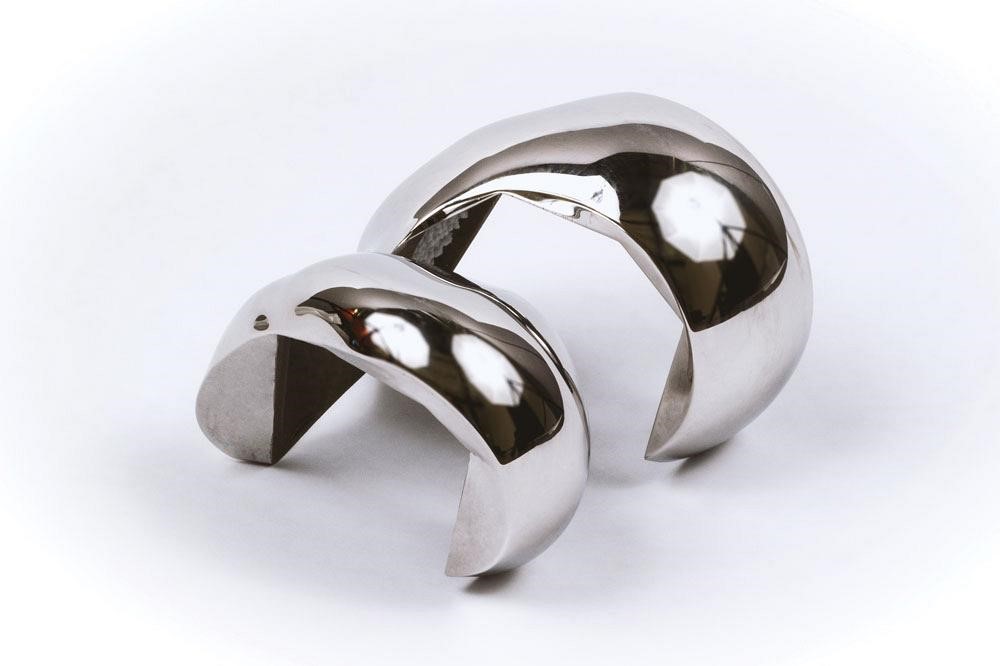
The cutting force of titanium alloy processing is only slightly higher than that of steel with the same hardness, but the physical phenomenon of titanium alloy processing is much more complex than that of steel processing, which makes titanium alloy processing face great difficulties.
The thermal conductivity of most titanium alloys is very low, only 1/7 that of steel and 1/16 that of aluminum. Therefore, the heat generated in the process of cutting titanium alloy will not be quickly transferred to the workpiece or taken away by the chips but will be concentrated in the cutting area. The temperature generated can be as high as 1,000 ℃, causing the cutting edge of the tool to quickly wear, crack and Generate a built-up edge, the blunt edge quickly appears, and generate more heat in the cutting area, further shortening the life of the tool.
The high temperature generated during the cutting process also destroys the surface integrity of the titanium alloy parts, resulting in a decrease in the geometric accuracy of the parts and a work hardening phenomenon that severely reduces its fatigue strength.
The elasticity of titanium alloy may be beneficial to the performance of parts, but in the cutting process, the elastic deformation of the workpiece is an important cause of vibration. The cutting pressure causes the "elastic" workpiece to leave the tool and rebound so that the friction between the tool and the workpiece is greater than the cutting action. The friction process also generates heat, which aggravates the poor thermal conductivity of titanium alloys.
This problem is even more serious when processing thin-walled or ring-shaped parts that are easily deformed. It is not an easy task to process thin-walled titanium alloy parts to the expected dimensional accuracy. Because when the workpiece material is pushed away by the tool, the local deformation of the thin wall has exceeded the elastic range and plastic deformation occurs, and the material strength and hardness of the cutting point increase significantly. Meanwhile, machining according to the originally determined cutting speed becomes too high, which further leads to tool wear badly.
The machining of Titanium alloy.
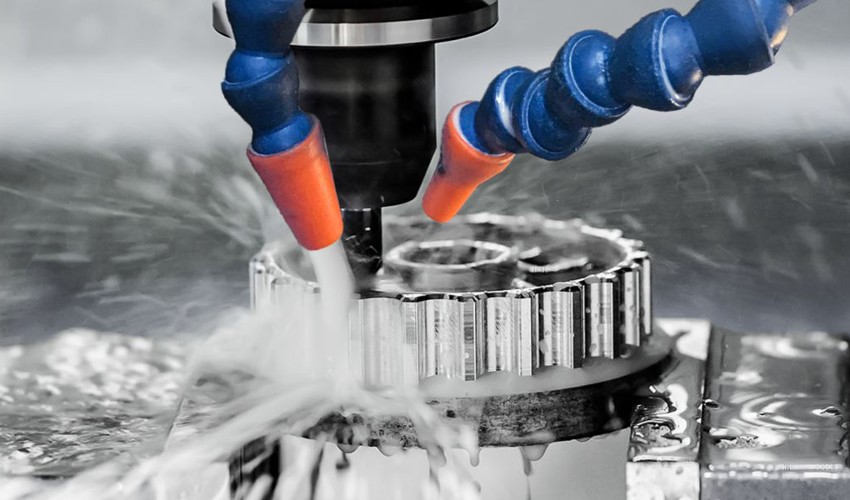
On the basis of understanding the physical phenomena of titanium alloys, plus previous experience, the main technological know-how for processing titanium alloys is as follows:
Use positive angle inserts to reduce the cutting force, cutting heat, and workpiece deformation. When grinding, need to reduce the grinding force.
Keep a constant feed to avoid hardening of the workpiece.
High-pressure and large-flow cutting fluid is used to ensure the thermal stability of the machining process and prevent surface degeneration and tool damage caused by excessive temperature. Also suitable for the grinding process.
Keep the tool-free cutting, blunt tool is the cause of heat buildup and wear, which can easily lead to invalid cutting. When grinding, it’s the same important to keep the free cutting ability to avoid blunt abrasive grits.
The machine as far as possible before the titanium alloy hardening. Because the material becomes more difficult for the machine after hardening, heat treatment increases the strength of the material and increases tool wear.
The focus of titanium alloy processing is heat. A large amount of high-pressure cutting fluid must be sprayed on the cutting edge in time and accurately to quickly remove the heat.


